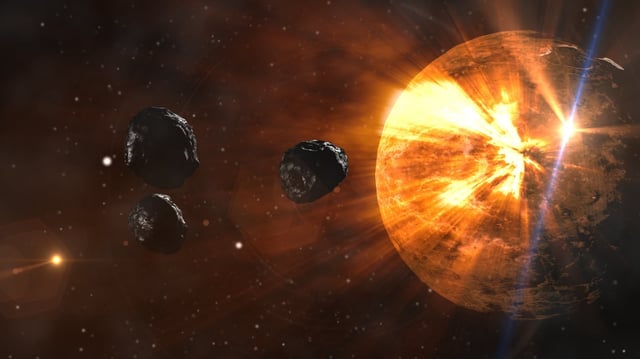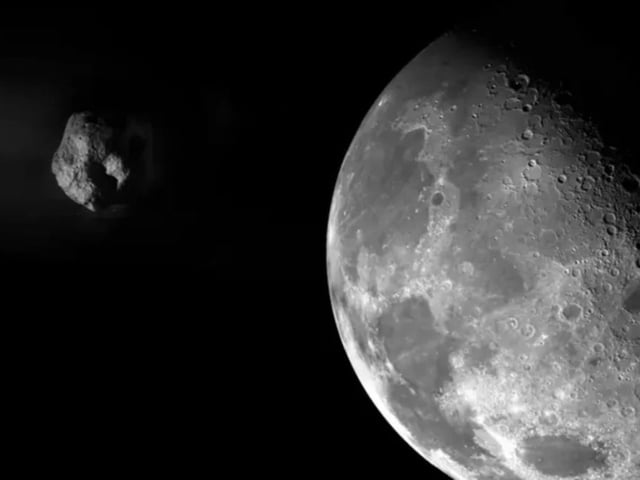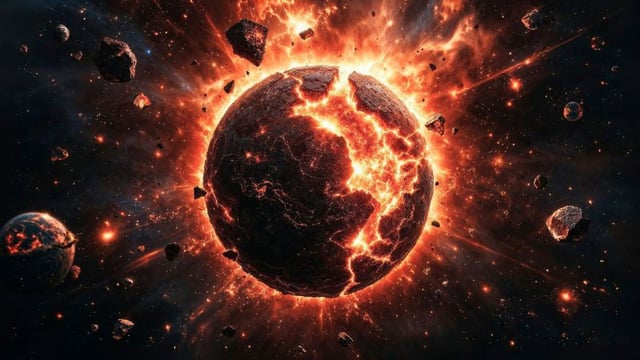Overview
- James Webb Telescope data and Canadian simulations have raised the chance of a Dec. 22, 2032, lunar impact to 4.3%.
- JPL’s refined orbital calculations confirm zero risk to Earth and schedule further tracking in 2028 to narrow lunar impact estimates.
- Impact models forecast a crater exceeding one kilometer in diameter, marking the largest collision on the Moon in roughly 5,000 years.
- Simulations warn that lunar ejecta could trigger a multi-day meteor shower on Earth and threaten thousands of low-Earth-orbit satellites with millimeter-sized debris.
- Such a lunar strike could jeopardize planned infrastructure in lunar orbit and surface operations, including NASA’s Lunar Gateway station.


